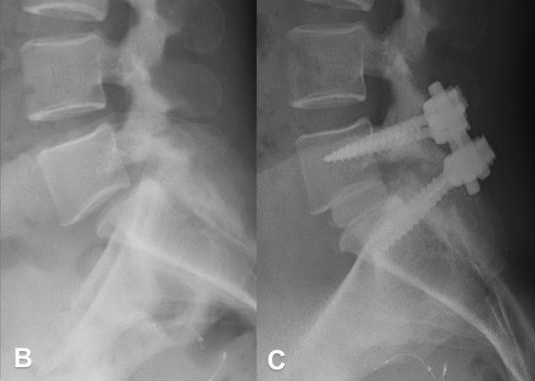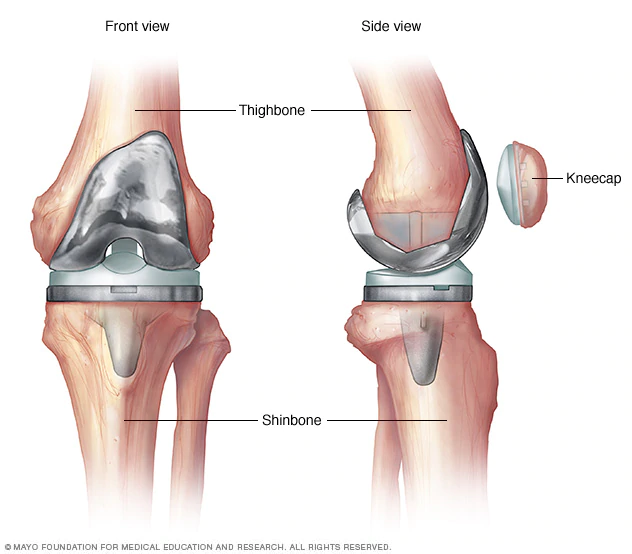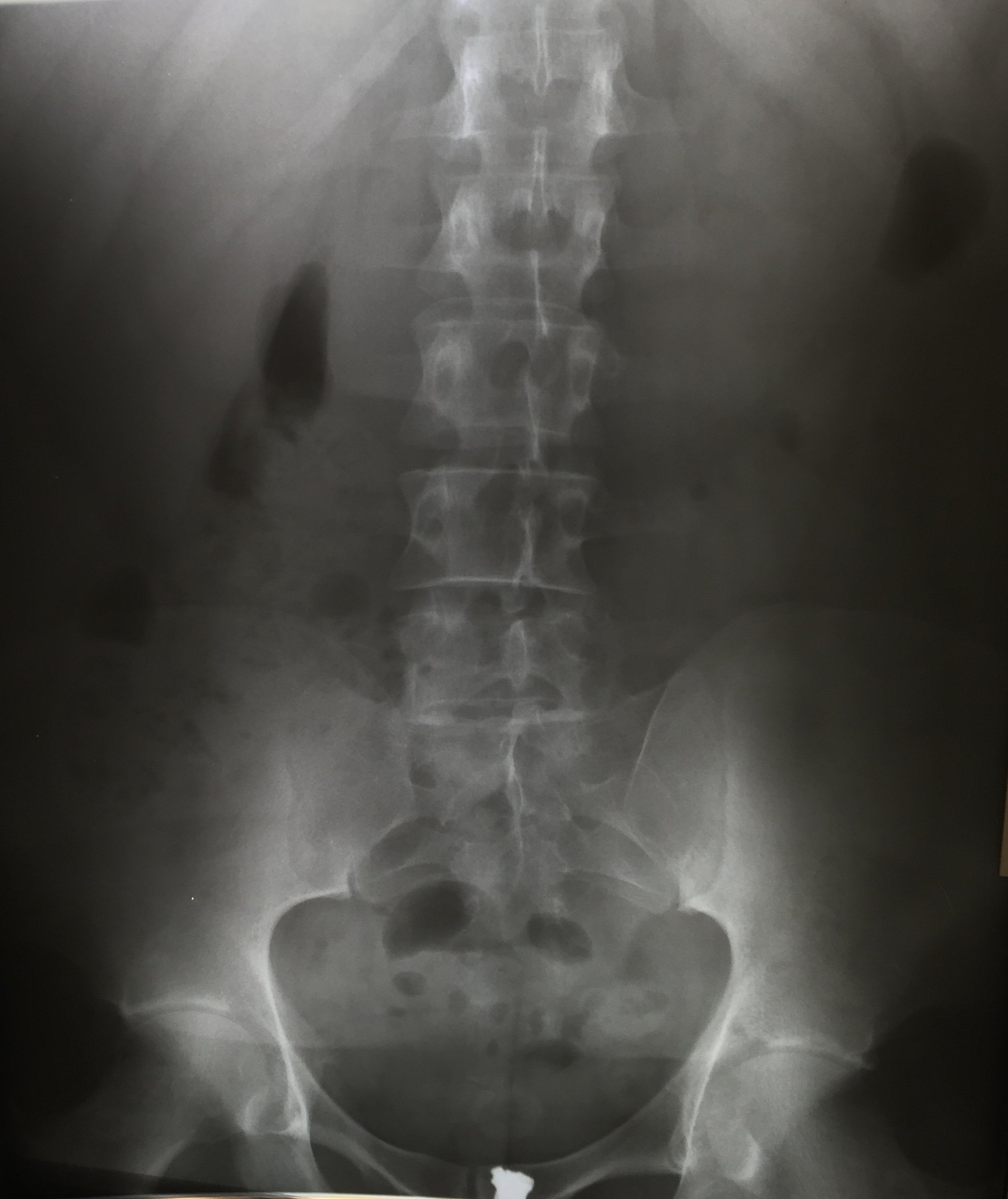From 'slipped disc's, sciatica, "butt wink," and everything in between, its easy to see why conversations about the low back can get complicated quickly. So to clear things up, let's talk about why the "core" is a critical component of low back health. Then, we'll talk about why taking time to improve your core can fundamentally improve the quality of your lifting.
A Postural Platform for Purposeful Movement
There is a fundamental difference in the muscles that move you to the ones that stabilize your joints. In the shoulder, for example, you better believe that your rotator cuff muscles are better equipped to stabilize your shoulder. Your big (well, hopefully big) pecs and lats move the shoulder.
We see a similar phenomenon in the low back. Muscle groups built for stability function to stabilize the low back, so that larger 'mover' muscle groups can facilitate the lifting and pushing that you are trying to do.
These collective muscles or "core stabilizers" provide an environment for your body to do more complex motions. The degree to which these muscles are involved with motion is automatic and can be learned.
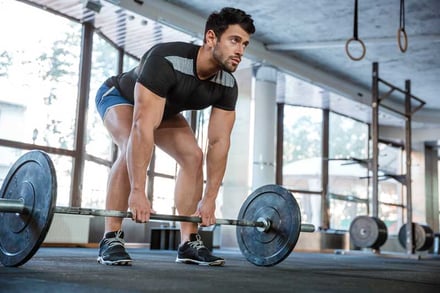
The Deadlift and Core Stability
The difference maker is quality of core stabilization which helps to engage or pre-tension the low back in order to facilitate the desired motion. This requires a complex series of interaction between multiple muscle groups. While there is plenty of discussion to be had on what specific muscle groups are involved, or in what order they are activated, lets talk about FOUR.
The Core Muscles
- Multifidi/rotatores --> As a part of the functional group of your core with lifting, they act to prevent excessive flexion and rotation which can cause significant compression on spinal structures.
- Transversus Abdominis --> This muscle wraps around the abdominal cavity. There is some disagreement about selectively isolating this muscle, as it is almost universally active with arm and leg motion. As the innermost of the abdominal musculature and because of its attachments to the pelvis, it functions to stabilize the pelvis and low back prior to motion.
- Pelvic floor --> The pelvic floor is a complex system that essential acts as the base of your core. As a part of the system, it, too, helps to stabilize the pelvis and balances the compressive force the lumbar spine incurs with lifting.
- Diaphragm --> If the pelvic floor is the bottom of the can, the diaphragm is the top. Commonly left out of the conversation is the role of breathing with lifting. Controlling breathing regulates the the amount of intra-abdominal pressure which has huge impact on the amount of force that can be generated with lifting.
Overwhelmed? You're note alone!
How to Strengthen the Core Muscles
Moreover there are a myriad of ways to improve the quality of motion and core strength to prevent injury. We will focus on two.
When doing these exercises, the emphasis is on three things: improving the motion control, engaging the core stabilizers, and preventing unwanted compensatory motion. Supersetting with these types of activities with heavier lower body lifting can improve your ability to engage your core. This will enable you to generate more power.
Conversely, neglecting the core musculature complex increases the likelihood of injury at higher weights. This is because of the body's inability to control unwanted motion.
2 Exercises for the Core
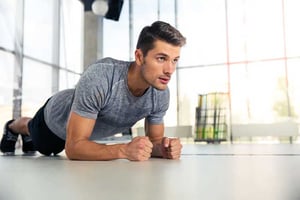 The Dead/Dying Bug --> Common cues during this exercise is to "draw the abdominals in like you're trying to bring your belly button towards your spine." You should not have a window under your low back. Progression would include slowly extending the opposite legs and arms away from the body while maintaining the core stabilization. Also REMEMBER TO BREATHE!
The Dead/Dying Bug --> Common cues during this exercise is to "draw the abdominals in like you're trying to bring your belly button towards your spine." You should not have a window under your low back. Progression would include slowly extending the opposite legs and arms away from the body while maintaining the core stabilization. Also REMEMBER TO BREATHE!- The Plank --> Once you master the dead bug which gives your low back the benefit of support from the floor, its time to bump it up to a plank. The same cues apply. Drawing in your abdominals, engaging your pelvic floor and controlling the extension of the lower back are paramount.
If you are unable to control the spine, stop the drill! Focusing on the quality of the motion is more important than how long you do it. And be humble! Sometimes dropping to your knees and getting the technique right or seeking help pay off big for your other lifting.
Physical therapy for your core in Columbia and Baltimore, Maryland
If you have pain while deadlifting reach out to our office today!

